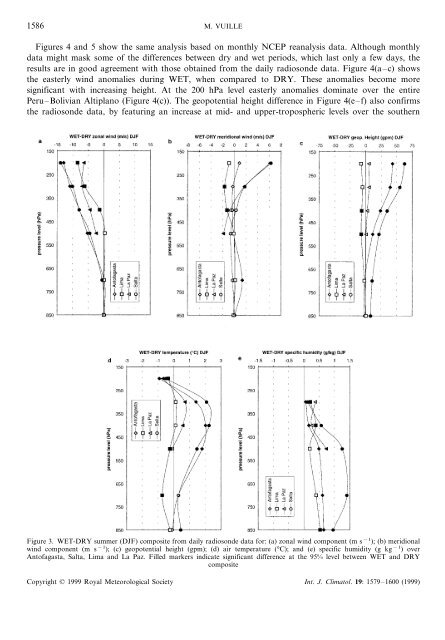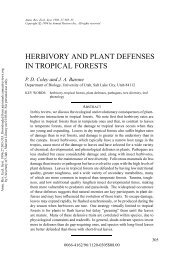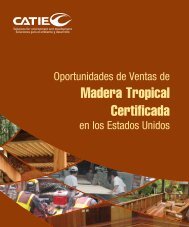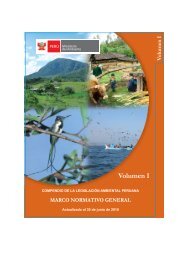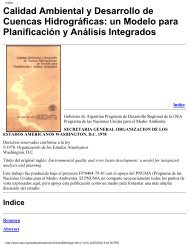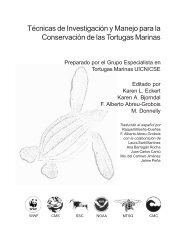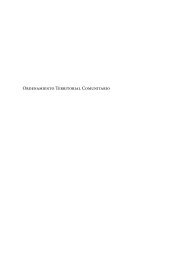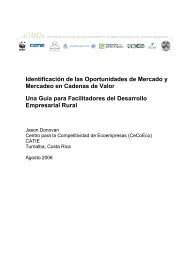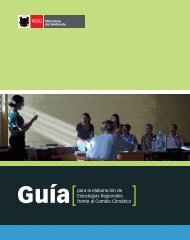Atmospheric circulation over the Bolivian Altiplano during ... - CDAM
Atmospheric circulation over the Bolivian Altiplano during ... - CDAM
Atmospheric circulation over the Bolivian Altiplano during ... - CDAM
You also want an ePaper? Increase the reach of your titles
YUMPU automatically turns print PDFs into web optimized ePapers that Google loves.
1586M. VUILLEFigures 4 and 5 show <strong>the</strong> same analysis based on monthly NCEP reanalysis data. Although monthlydata might mask some of <strong>the</strong> differences between dry and wet periods, which last only a few days, <strong>the</strong>results are in good agreement with those obtained from <strong>the</strong> daily radiosonde data. Figure 4(a–c) shows<strong>the</strong> easterly wind anomalies <strong>during</strong> WET, when compared to DRY. These anomalies become moresignificant with increasing height. At <strong>the</strong> 200 hPa level easterly anomalies dominate <strong>over</strong> <strong>the</strong> entirePeru–<strong>Bolivian</strong> <strong>Altiplano</strong> (Figure 4(c)). The geopotential height difference in Figure 4(e–f) also confirms<strong>the</strong> radiosonde data, by featuring an increase at mid- and upper-tropospheric levels <strong>over</strong> <strong>the</strong> sou<strong>the</strong>rnFigure 3. WET-DRY summer (DJF) composite from daily radiosonde data for: (a) zonal wind component (m s −1 ); (b) meridionalwind component (m s −1 ); (c) geopotential height (gpm); (d) air temperature (°C); and (e) specific humidity (g kg −1 ) <strong>over</strong>Antofagasta, Salta, Lima and La Paz. Filled markers indicate significant difference at <strong>the</strong> 95% level between WET and DRYcompositeCopyright © 1999 Royal Meteorological Society Int. J. Climatol. 19: 1579–1600 (1999)


